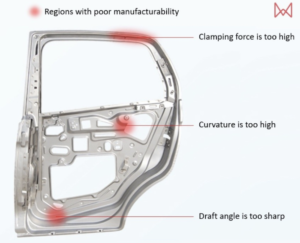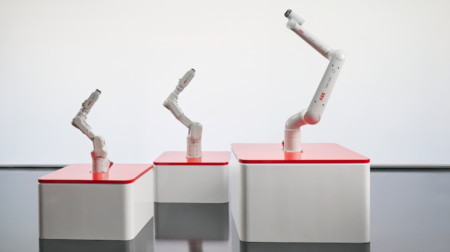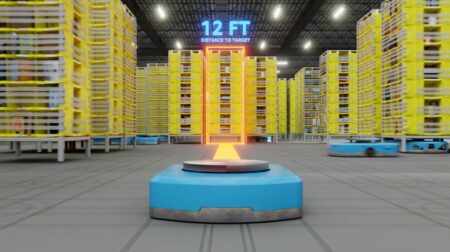Imperial College London spin-out Monolith AI has secured £8.5m in Series A funding, and will now return to its college as a research partner.
Monolith AI was founded in 2016 by Imperial’s Professor Francesco Montomoli and Dr Richard Ahlfield to help engineering companies optimise and accelerate the design of components such as automotive parts.
Its platform is designed to offer companies and engineers in fields, such as automotive and fast-moving consumer goods, an easy way to create machine learning tools that use data on the performance of existing parts to predict how new designs will perform. This reduces the time and cost required to bring new industrial components to market.
The company raised £8.5m last year in a Series A round led by Insight Partners. With Imperial’s Dyson School of Design Engineering, it has now won a £500,000 Innovate UK grant, which will be used for collaborative research to address manufacturability.
Working with the Dyson School’s Nan Li, Monolith AI is developing a machine learning platform based on manufacturing data that designers of metal parts such as car doors can use to predict, in minutes rather than weeks, whether the designs are manufacturable.

According to the team, a key feature of the platform will be explainability. Machine learning architectures, particularly those based on deep learning and other types of neural network, often function as black boxes, meaning that while they can make intelligent predictions, the reasoning behind these predictions is not accessible to their users.
“Knowing that a door is not manufacturable is not enough,” said Monolith AI’s principal engineer Joël Henry.
“You need to understand why, and even more importantly how you could change the design and operating conditions to make it manufacturable.”
The platform is being designed to provide the required explanation using images. Nan Li added: “We might find that if the local thinning of a panel component is too great, more than 15%, it won’t do. Our machine learning based platform won’t just provide a value, but a colourful 3D contour diagram, labelling locations with values.
“Because it looks like what you get as a result of the simulation, it gives the designers information in a form that they are familiar with. It also enables the designers to gain quick insights on how the shape features and processing conditions influence the manufacturing performance, which helps to build designers’ trust in the model.”
She went onto stress that data will be key to this project. As engineering companies collate large quantities of data when assessing manufacturability the team will work to make that data work to the companies advantage.








